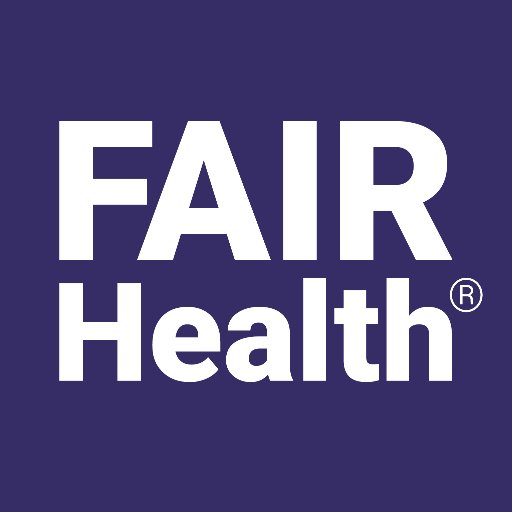TOUCHED BY LYME: Lyme insurance claims make huge jump in US

FAIR Health is a nonprofit organization that manages the nation’s largest database of privately billed health insurance claims. It seeks to bring transparency to healthcare costs and health insurance information.
This week, FAIR Health brought clarity to several aspects of Lyme disease that until now have been mostly ignored. It accomplished this by publishing a white paper report called “Trends and Patterns in Lyme disease: An Analysis of Private Claims Data.”
The report grew out of an invitation from the federal Tick-Borne Disease Working Group. A subcommittee of the TBDWG asked FAIR Health to present information about insurance coverage for Lyme disease. Fair Health did so on October 18.
Now, the organization has compiled that information into a report that is available to the public.
According to the report, claim lines with the diagnosis of Lyme disease increased nationally 117%, between 2007 and 2018.
(These are not individual cases of Lyme disease. A “claim line” is a separate procedure or service listed on an insurance claim. So, if you had a blood test and an x-ray, that would be two claim lines.)
Among FAIR Health’s other findings
Predominance. Claim lines for Lyme disease accounted for 94 percent of claim lines for tick-borne diseases in 2018.
Geographic spread. In 2007, the five states with the highest number of claim lines with Lyme disease diagnoses as a percentage of all medical claim lines by state were all in the Northeast, but in 2018, one (North Carolina) was in the South.
Gender. In both rural and urban areas in 2018, more claim lines with Lyme disease diagnoses were submitted for females than males.
Other diagnoses. In 2018, the 10 most common “other diagnoses” found in patients who had been diagnosed with Lyme disease were, in order from most to least common, general signs and symptoms, dorsopathies (disorders of the spine), soft tissue disorders, other joint disorders, disorders of the thyroid gland, anxiety and other nonpsychotic mental disorders, osteoarthritis, skin and subcutaneous tissue symptoms, dermatitis and eczema, and mood (affective) disorders. All were more common in patients with Lyme disease than in all patients.
Age. In both rural and urban areas in 2018, individuals aged 51 to 60 held the largest share of the age distribution of claim lines with Lyme disease diagnoses. The age group 41-50 held the second largest share in both rural and urban areas.
Monthly distribution. In 2018, July was the month with the highest share of the distribution of claim lines for Lyme disease. The month with the lowest share was December.
Lots of interesting information in this 39-page report. Click here to read it: FAIR_Health_White_Paper
What about those absent from claim lines?
I feel compelled to point out that if your doctor refuses to acknowledge the possibility that you might have Lyme disease, you ‘re unlikely to show up in any Lyme-related claim lines. (We know this happens way too often.)
And unfortunately, medical politics keep many Lyme-treating physicians out of the insurance system entirely. So lots of would-be claim lines don’t ever get the chance to happen.
Thus, an analysis of insurance claims only gives part of the picture.
But it’s an important part that has remained hidden for too long. Kudos to FAIR Health for bringing it to light.
TOUCHED BY LYME is written by Dorothy Kupcha Leland, LymeDisease.org’s Vice-President and Director of Communications. She is co-author of When Your Child Has Lyme Disease: A Parent’s Survival Guide. Contact her at dleland@lymedisease.org.




















We invite you to comment on our Facebook page.
Visit LymeDisease.org Facebook Page